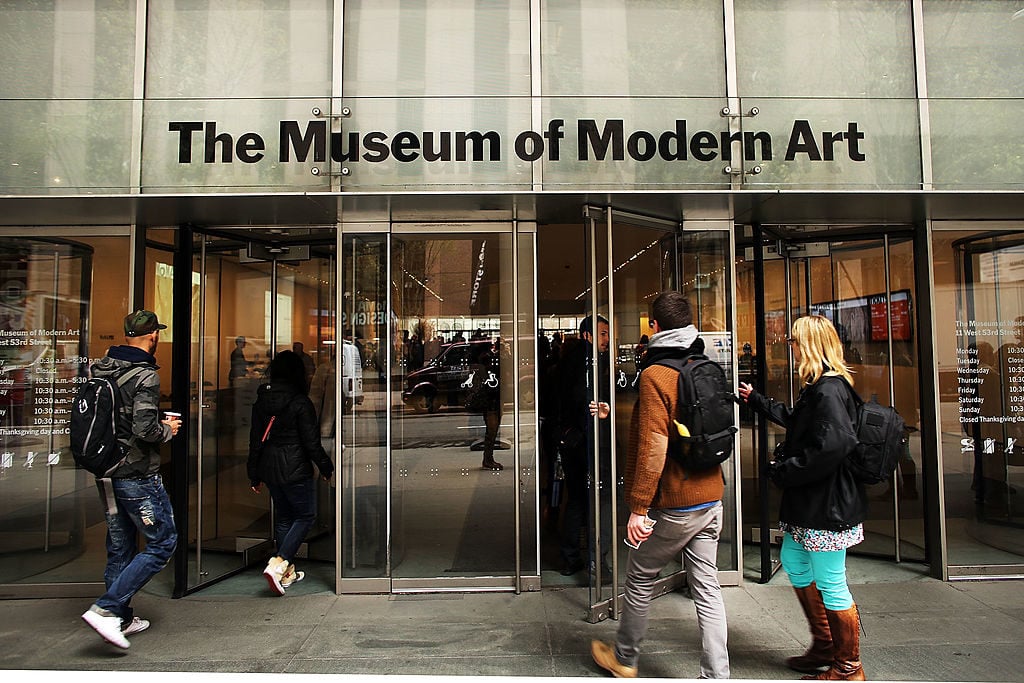Art World
MoMA Dumps Sculpture From the 1970s—Without Telling the Artist
Pat Lasch found out the hard way that museums may toss your work.

Pat Lasch found out the hard way that museums may toss your work.

Henri Neuendorf

What happens to all the art that museums acquire over the years? If it’s not on view, it’s most likely in storage, or as one artist found out to her horror—it’s thrown away.
When sculptor Pat Lasch wanted to loan her cake sculpture from New York’s Museum of Modern Art for a retrospective of her work at the Palm Springs Art Museum, she learned that MoMA “discarded” the work after it “deteriorated beyond repair.”
Although commercial success eluded her, Lasch enjoyed critical praise for her meticulously detailed and decorative works in the 1970s, and her work was collected by institutions including New York’s Metropolitan Museum of Art. However she believes that her gender and low profile contributed to MoMA’s negligence towards her piece.
“Yes, my art sometimes looks like food,” she told the New York Times. “But I wonder if they’d ever let a Claes Oldenburg hamburger or pie sculpture go missing. I highly doubt it.”
According to the Times, MoMA denied that Lasch’s sculpture was part of its permanent collection in the first place, saying in a statement to the newspaper that it was commissioned as a “decorative element” for its 50th anniversary exhibition—even though the sculpture was never returned to the artist. “While it was not intended for the collection or future display at the Museum,” the statement said, “it was kept in our storage facilities for many years.”
Nevertheless Lasch’s case highlights a dilemma that museums face with increasing frequency. As new works are added every year, sooner or later all institutions are forced to make difficult decisions over which artworks to keep and which to deaccession.
According to the Dutch museologist Peter van Mensch the role of museums is preservation, communication, and study. This means that museum curators must conduct research and choose which artists and artworks define a particular period of artistic production. Given the finite resources and limited storage space available to these institutions, it’s clear that not everything cannot be kept forever.